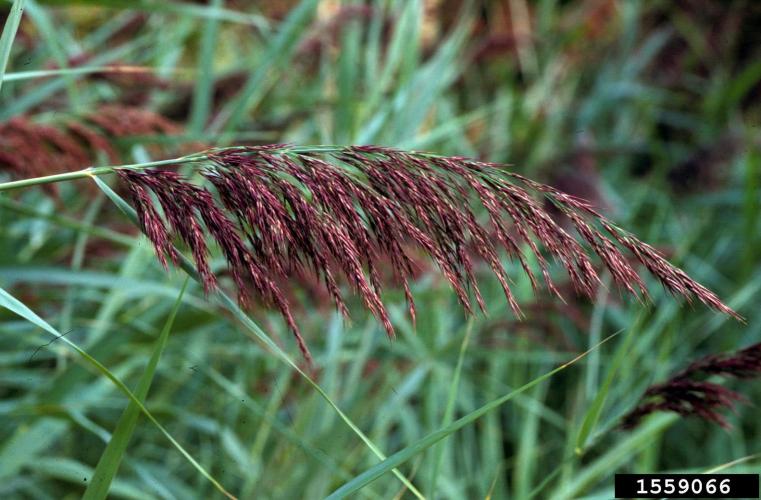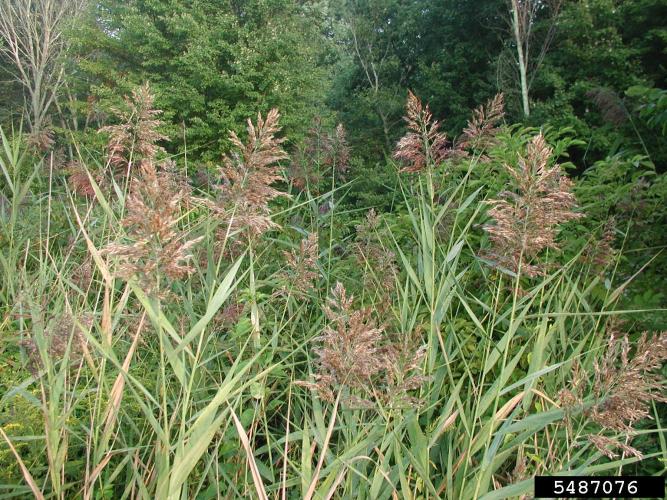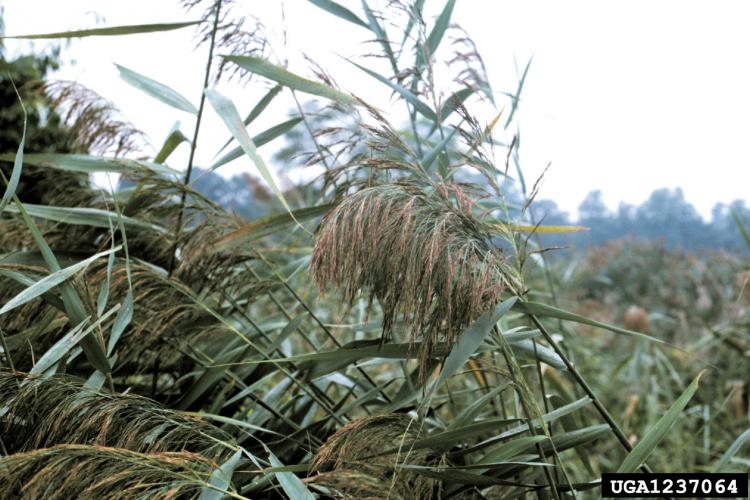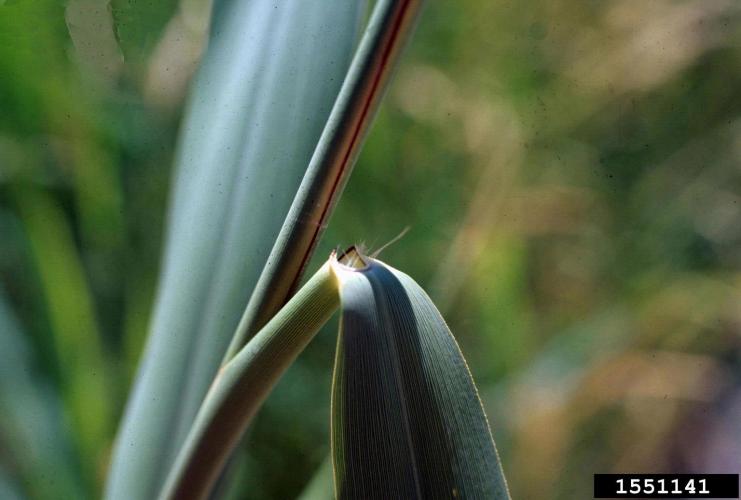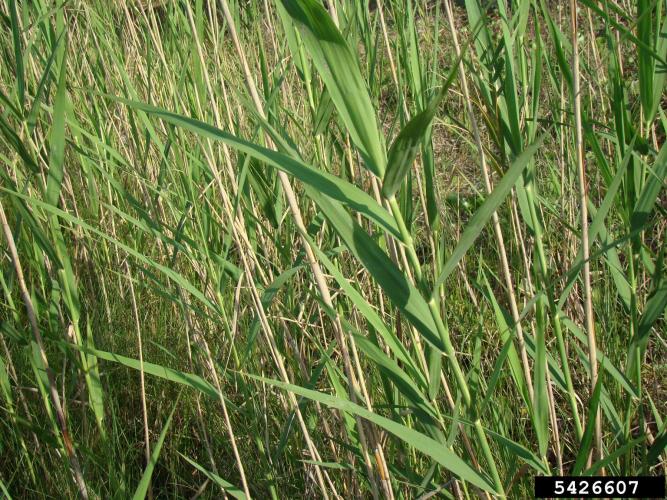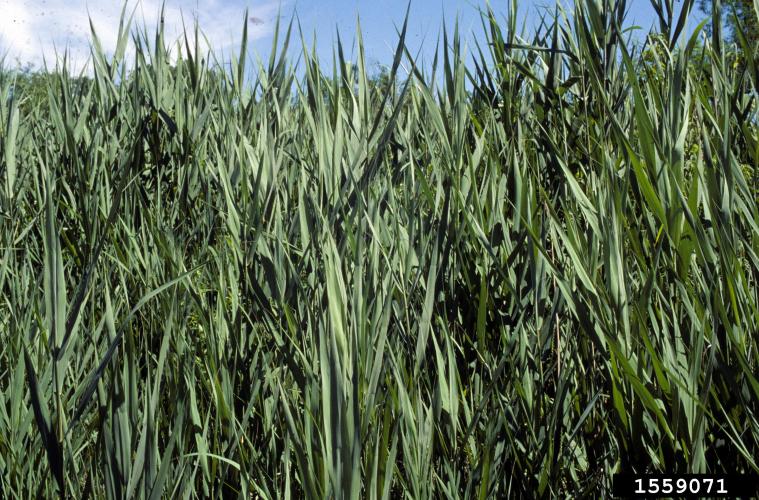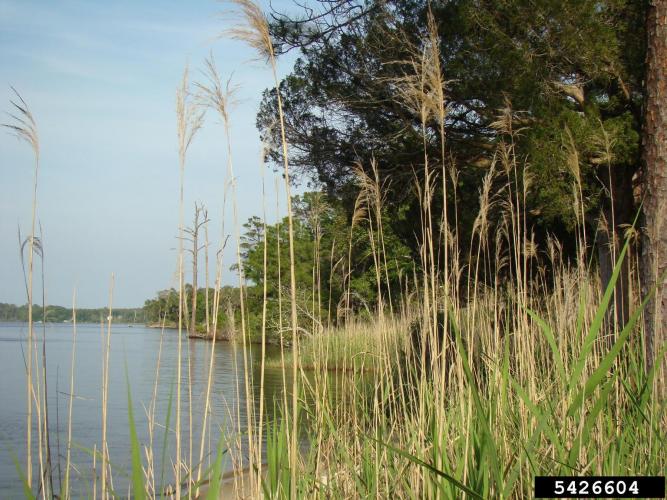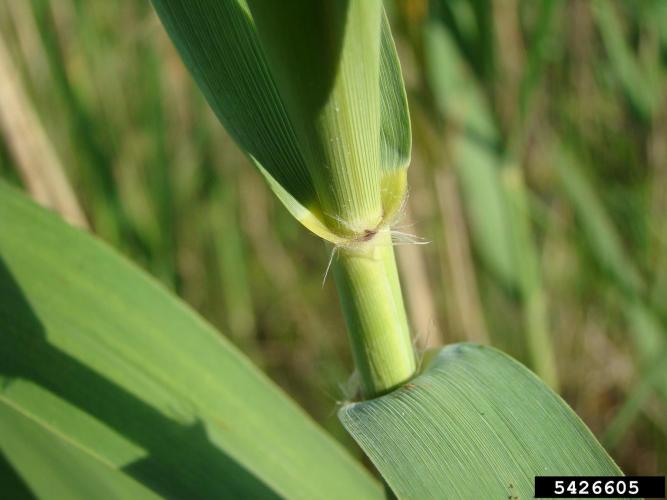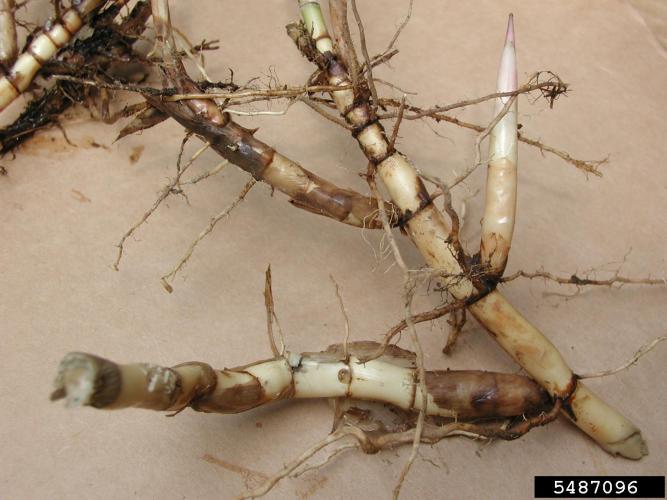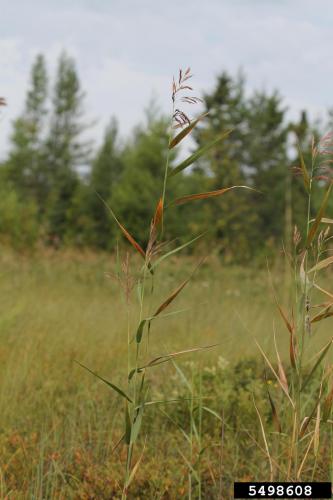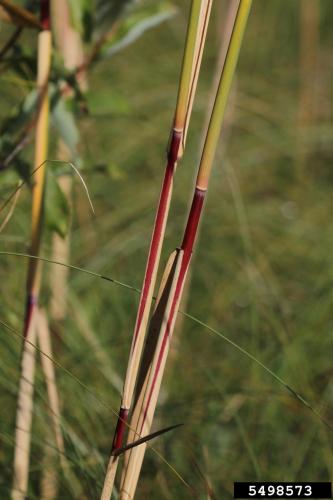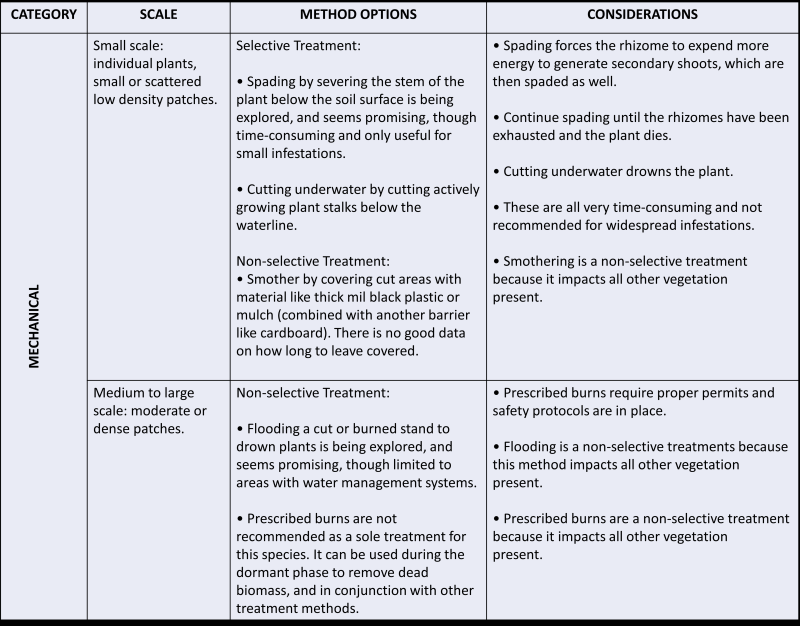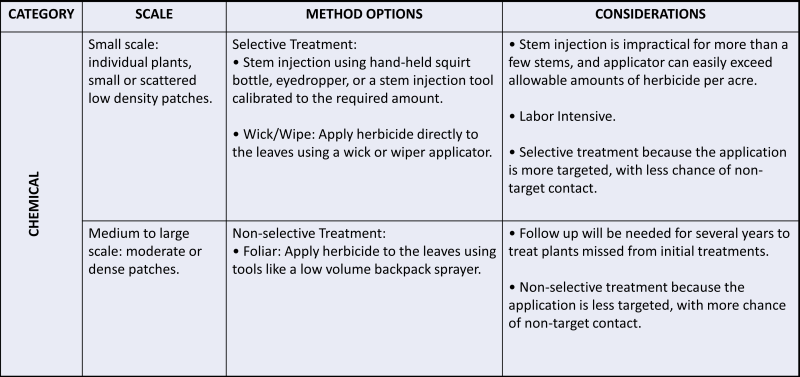Common Reed
Identification
Appearance
Phragmites australis is a tall, perennial grass that can grow to heights of 15 feet or more. Broad, pointed leaves arise from thick, vertical stalks.
Foliage
Leaves are 6-23.6 inches long, 0.4-2.4 inches wide, flat and glabrous.
Flowers
The flower heads are dense, fluffy, gray or purple in color and 5.9-15.7 inches long. Flowering occurs from July to October.
Fruit
The seeds are brown, light weight, and about 0.3 inches long. In the fall the plant turns brown, and the inflorescences persist throughout the winter.
Biology
Origin
Native to Eurasia and Africa.
Habitat
Disturbed habitats, brackish or salt marshes and flats, fens, fresh tidal marshes or flats, marshes, shores of rivers or lakes, wetland edges.
Life Cycle
Reproduction is thought to take place mainly through vegetative means via rhizome and stolon fragments. Rhizomes spread horizontally during the growing season. New stalks shoot in spring, and flowers appear in late June with bushy panicles. Seeds form by August to early fall and are dispersed between November and January. Following seed set, nutrients are translocated down into the rhizomes and the above-ground portions of the plants die back for the season. Water depths of more than 5cm and salinities above 20ppt (2%) prevent germination. Percentage of germination increases with increasing temperature from 16 to 25˚C while the time required to germinate decreases from 25 to 10 days over the same temperature range.
Ecological Threat
Common reed replaces native grasses, sedges, and herbaceous plants. It provides poor quality habitat for insects, birds and amphibians. Fish populations that reproduce in wetlands and marshes inundated with phragmites suffer higher egg and juvenile mortality. The plant also exudes allelopathic compounds from its roots, causing root death of nearby native plants.
Vermont Distribution
Citations
Photo Credit
1559066, 1559071,Ohio State Weed Lab, The Ohio State University, Bugwood.org
1237064, Joseph McCauley, US Fish and Wildlife Service, Bugwood.org
Ohio State Weed Lab, The Ohio State University, Bugwood.org
5426607, 5426604, 5426605, Rebekah D. Wallace, University of Georgia, Bugwood.org
5487076, 5487096, Leslie J. Mehrhoff, University of Connecticut, Bugwood.org
Information Credit
Center for Invasive Species and Forest Health, Common Reed
Great Lakes Phragmites Collaborative
Michigan Deparment of Environmental Quality Guide to Phragmites
